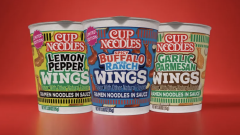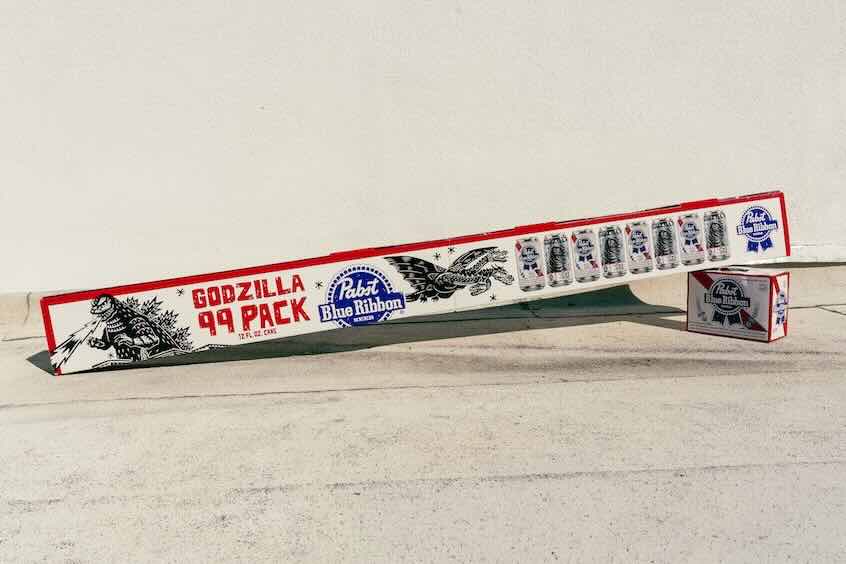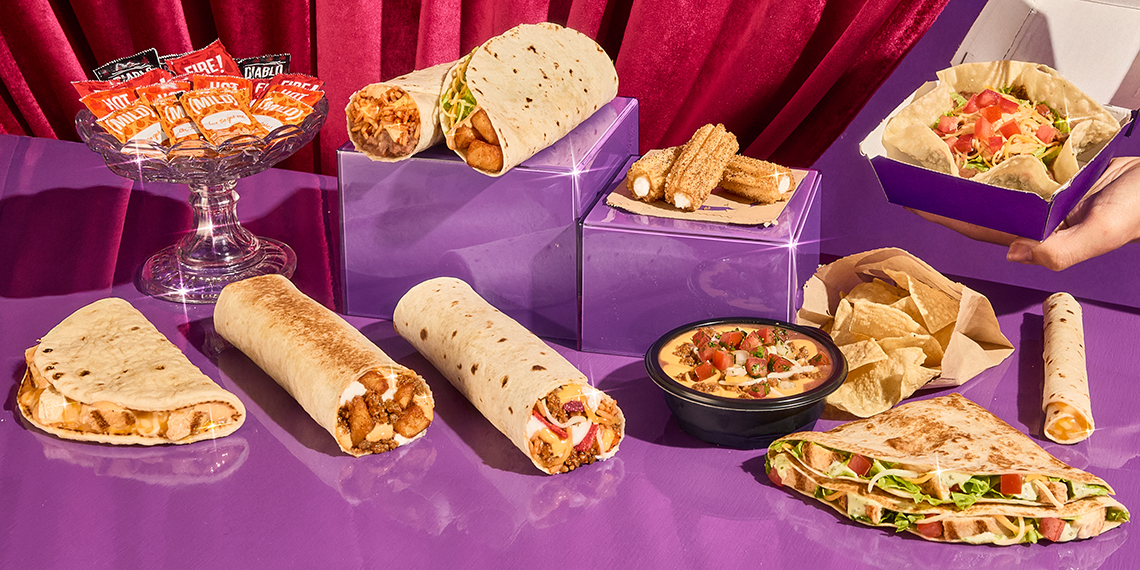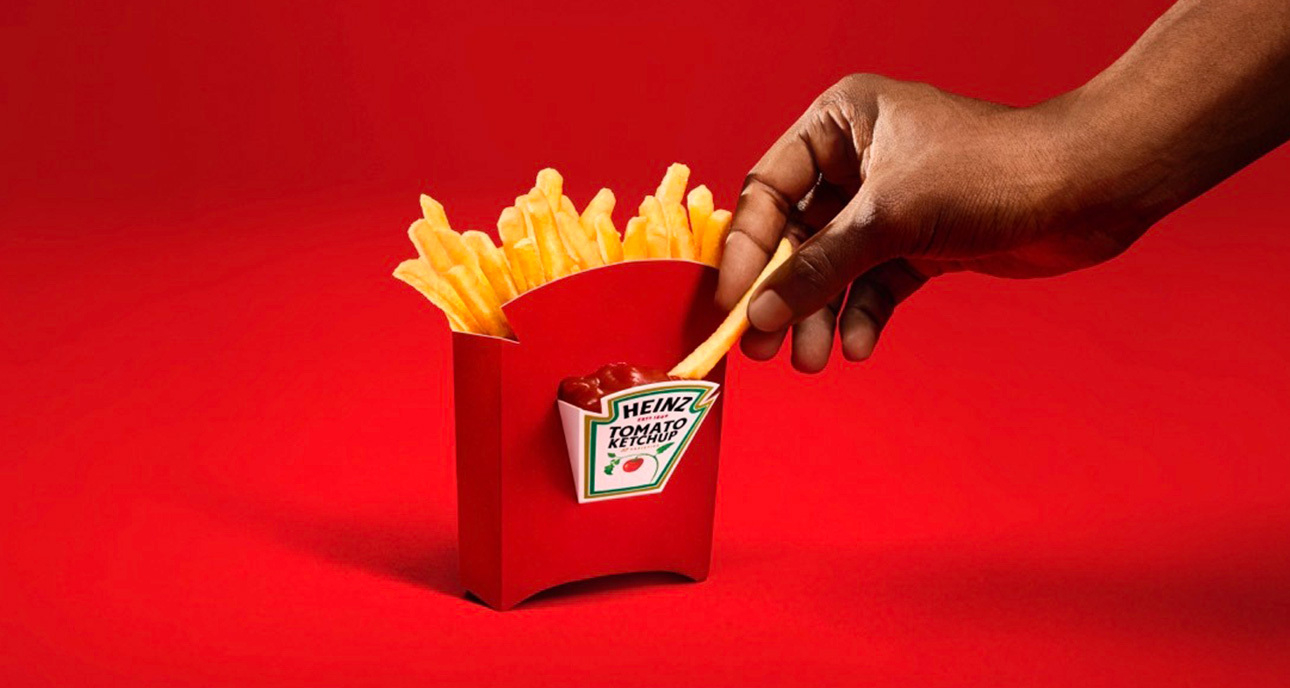A Roman Local Explains In Detail How To Spot Quality Gelato
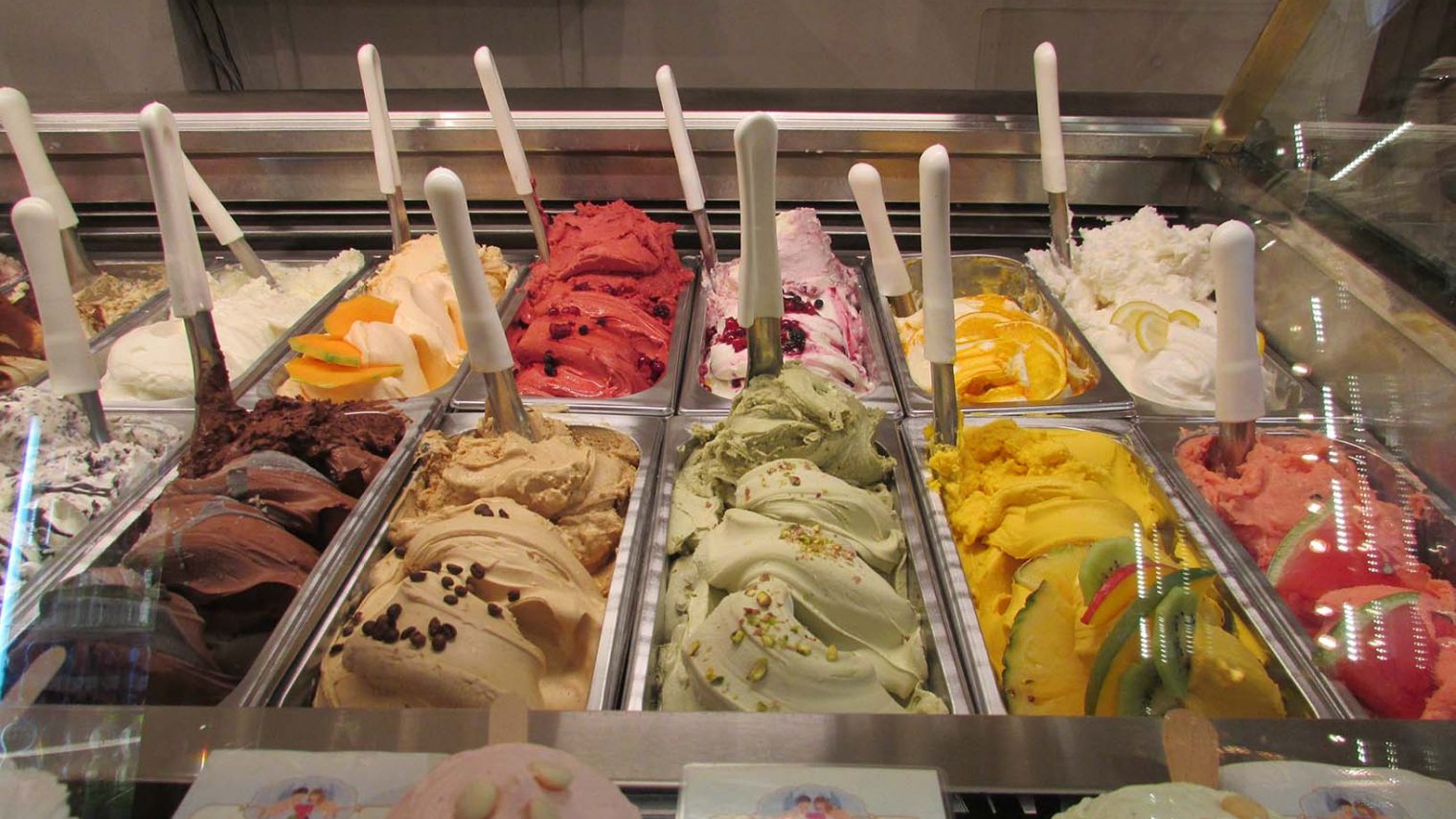
Gelato is known the world over as Italy’s elevated take on traditional ice cream. Silky, creamy, and flavorful, one taste and you immediately understand why it’s held in such high regard. As a popular treat in Italy, there’s no shortage of gelaterias to choose from. The upside to its widespread availability is that you can always satiate your gelato pangs, whereas the downside is that all gelato isn’t created equal.
Thankfully, a video has gone viral of a local Roman woman explaining how to tell spotty gelato from the quality kind. It’s the gelato instructional we didn’t know we desperately needed, and sadly, you may have been settling for so-so this whole time.

The first indicator she highlights is the gelato container. She says that quality gelato always comes in a flat container and to avoid shops that use lids or that serve it with large mounds on top simply for aesthetic reasons. The mounds are actually just air from over-whisked gelato.
The color of the gelato is another important indicator. For example, banana flavor should be off-white not yellow. She says that pistachio should have a “earthily dull” color, not a “turtle green.” When it comes to mint gelato, the flavor should derive from mint extract, which gives it a lighter green color — if it has a glow-in-the-dark green hue, it’s a no-go.
Another red flag to watch out for is the number of options at a gelateria. The woman shares that one located near the Pantheon offers a staggering 150 flavor options. She exclaims that it’s impossible for a shop to homemake 150 flavors, and it’s more likely that the flavors are industrially produced. She continues that if you find any fake-flavored gelato in a shop, that means it’s likely that all of the flavors are fake.
Beyond instructing how to spot quality gelato, the woman explains how it’s different from ice cream. Gelato is made with milk, while ice cream is made with, well, cream. As a result, gelato tends to melt faster. The video ends there, yet for its short length, we’re left with a much better understanding of gelato.






